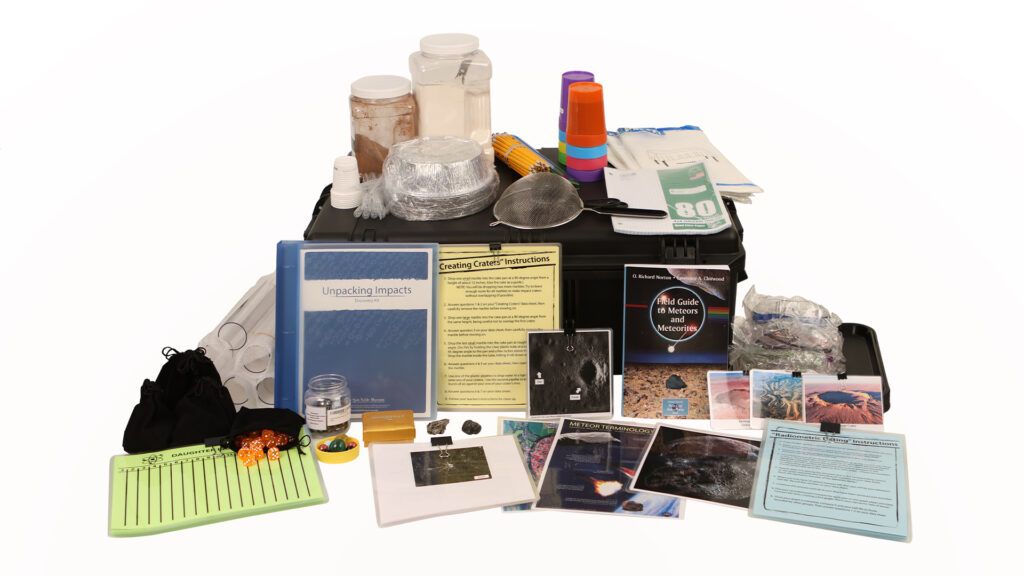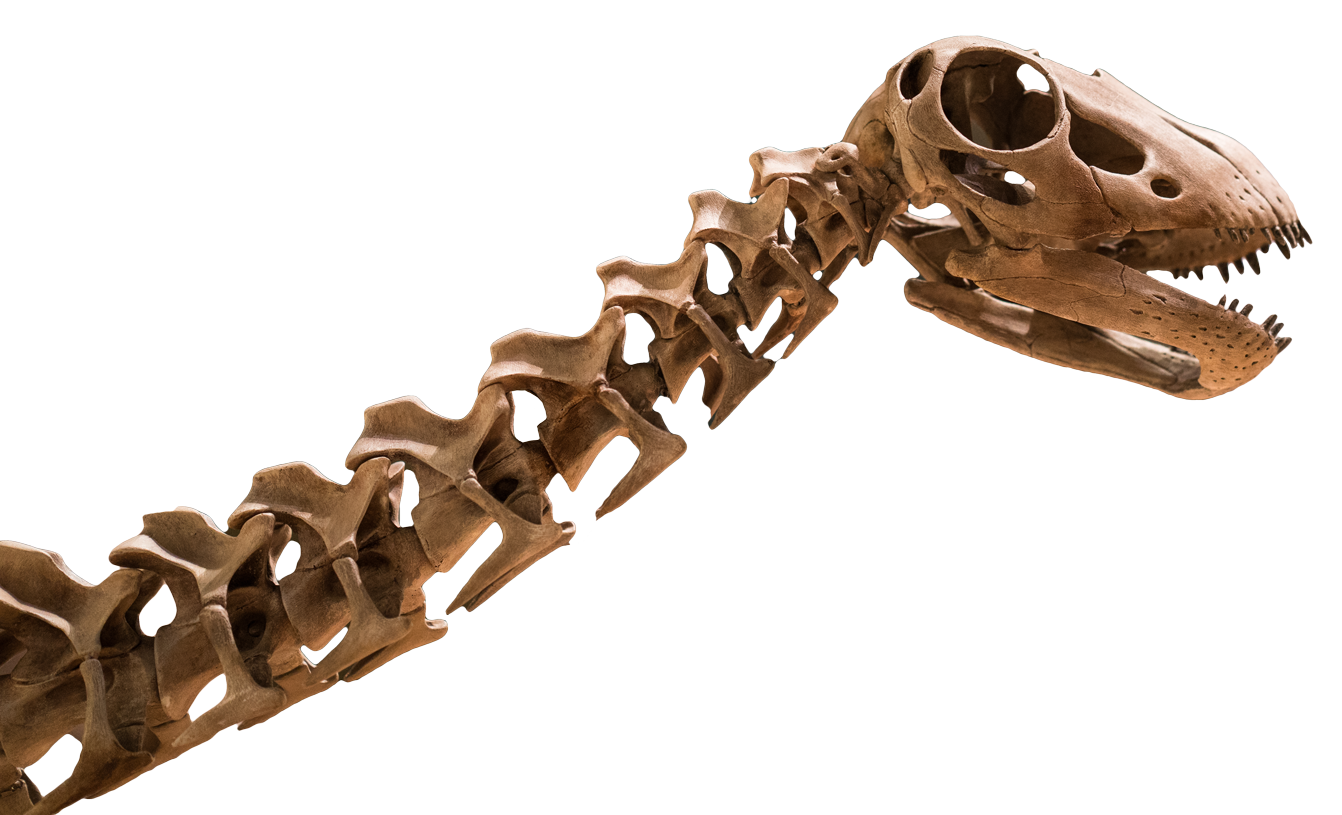Formed in the Past
Theme
Paleontology, Geology (natural resources)
Specimens Included
Fossils and fossil casts (brachiopods, crinoids, calamite, trilobites, horn coral, shark teeth, Apatosaurus teeth, Saurophaganax teeth, giant bison teeth, ground sloth claw, ferns, bivalves, dragonfly, Walchia); natural resources (crude oil, coal, gypsum, limestone, iodine, granite)
Activities Included
“Introduction to Paleontology”: Students will learn how fossils can provide paleontologists with evidence of ancient life and how life has changed through time.
“Oklahoma Natural Resources”: Students will explore and identify Oklahoma natural resources and their uses and learn why we find these resources in different parts of the state.
Biodiversity and Survival
Theme
Biology, Evolution
Specimens Included
Replica bird skulls, insects (including: Common Whitetail dragonfly, American Rubyspot damselfly, Clear-winged grasshopper, Carolina grasshopper, camel cricket, Spotted June beetle, Elephant beetle, Skunk beetle, Pandorus Sphinx Moth, Yellow-banded Underwing Moth, Common Buckeye butterfly, Painted Lady Butterfly, Gulf Fritillary Butterfly)
Activities Included
“Mighty Morphology”: Students will observe and compare the physical structures of insects to classify them and determine which are most closely related to each other. Through the use of a cladogram, students will investigate the ancestral relationships of the insects to understand how they diversified and verify if their hypothesis is supported.
“Environmental Fitness”: Students will investigate how an animal’s characteristics can help or hinder its chances to survive and reproduce. After completing an experiment to replicate a woodland and wetland bird feeding on different food sources, students will graph and analyze the data collected to reach a conclusion.
“Go Extinct”: Students will play a card game to reinforce knowledge of biological classification and introduce the concept of an evolutionary tree model.
Note: This kit is currently unavailable for shipping
Anthropology 101
Theme
Culture, Anthropology
Artifacts Included
Stone ax, shell hoe, clay effigy, pot, cicada effigy, Spiro point, moccasin, net weight, atlatl
Activities Included
“How to Read an Object”: Students will observe and investigate Oklahoma Native American artifacts in order to discover how objects help anthropologists learn more about a culture.
“Curating Me”: Students will learn more about how material culture is an integral resource for anthropologists to gain knowledge about a group of people. Students will then create their own object-based presentation on a group that represents them.

Unpacking Impacts
Theme
Astronomy
Specimens Included
Campo del Cielo meteorite, Libyan desert tektite, Impactite
Activities Included
“Creating Craters”: Students will conduct an experiment by creating impact craters and making notes about their observations. By doing so, they will gain an understanding of why studying our Moon is important to understanding Earth’s history.
“Craters Timeline”: Students will attempt to place photos of real craters on Earth in a timeline from oldest to youngest based on sight alone. Links to 3D models of the craters are also included.
“Radiometric Dating”: Students will conduct an experiment that consists of rolling dice and recording the results to get a hands-on demonstration of how radiometric dating works.







